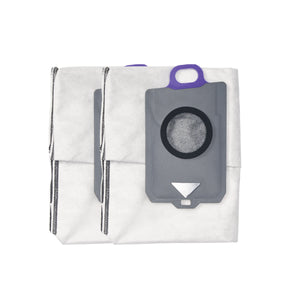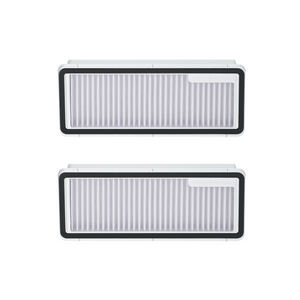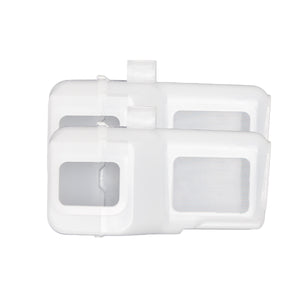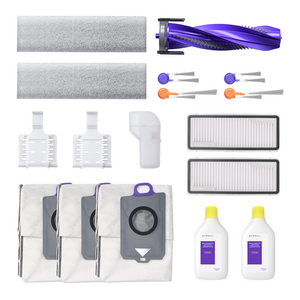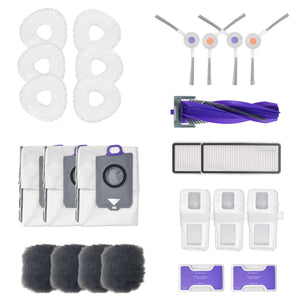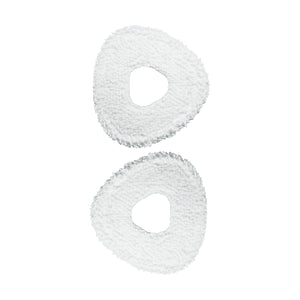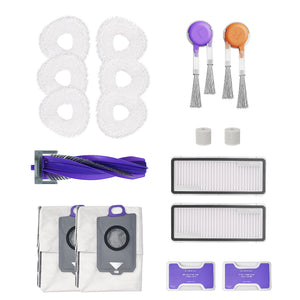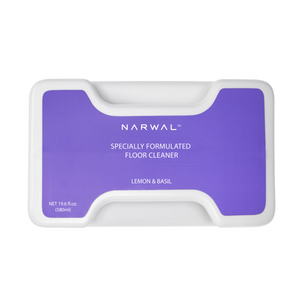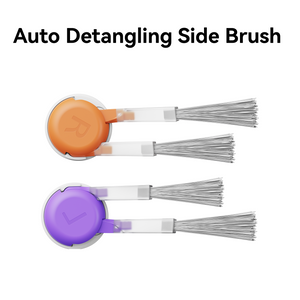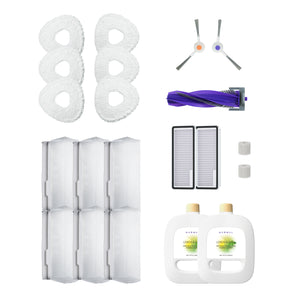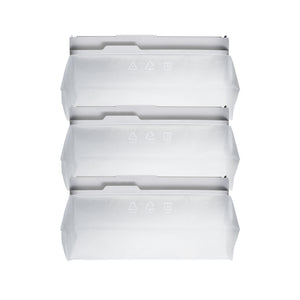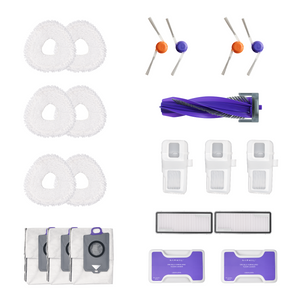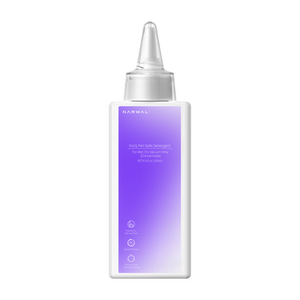Yes — for most homes, robot vacuums are worth it. They’ve evolved from simple gadgets into powerful, time-saving cleaning tools that keep floors spotless with little effort. Whether you live with pets, have a busy schedule, or just want a cleaner home without constant sweeping, a robot vacuum can make daily life easier.
In this guide, we’ll explore the real pros and cons, how they perform on carpets and hard floors, their long-term value, and who they’re best suited for. By the end, you’ll know exactly whether a robot vacuum is the right choice for your home.
Understanding How Robot Vacuums Work
Robot vacuums clean your floors automatically using a combination of sensors, brushes, and suction power. They move around your home by detecting walls, furniture, and obstacles through infrared sensors, cameras, or LiDAR navigation, building a digital map to clean efficiently.
As they travel, rotating brushes sweep dust and debris into the main suction path, where the dirt is collected in a built-in dustbin.
Modern models go beyond simple cleaning — they feature smart mapping, self-charging docks, and even mopping functions. Some can empty their own dustbins or be controlled through a mobile app, allowing you to schedule and monitor cleanings anytime.
In short, a robot vacuum works by combining smart navigation and automated suction to maintain clean floors with minimal effort. Understanding how robot vacuums work helps you see why they’ve become a must-have cleaning tool for modern homes.

Pros of a Robot Vacuum
Owning a robot vacuum comes with several clear advantages that make everyday cleaning easier and smarter.
Saves Time and Effort
A robot vacuum automatically cleans your floors, freeing you from daily sweeping or vacuuming. With scheduled cleaning, you can come home to spotless floors without lifting a finger.
Consistent Cleaning Performance
Unlike manual cleaning, robot vacuums maintain regular routines — meaning your floors stay consistently clean. Some models even adjust suction levels automatically based on floor type, ensuring thorough coverage.
Smart Technology and Automation
Modern robot vacuums use smart mapping, obstacle detection, and app-based control to optimize their cleaning path. You can set schedules, define “no-go zones,” or monitor progress directly from your phone.
Works Across Multiple Floor Types
From hardwood to carpets, robot vacuums automatically adapt to different surfaces. Advanced models detect transitions and increase suction on carpets or lift mops on rugs to prevent damage.
Cons of a Robot Vacuum
Despite the convenience, robot vacuums aren’t perfect — understanding their limitations helps you make a more realistic decision.
Higher Upfront Cost
Robot vacuums often cost more than traditional models, especially those with self-emptying bases or AI navigation. While the convenience pays off over time, the initial investment can be significant.
Regular Maintenance Needed
Filters, brushes, and sensors require periodic cleaning to keep performance high. Ignoring maintenance can reduce suction power or cause navigation errors.
Struggles with Clutter and Corners
Robot vacuums perform best in tidy environments. Cables, small toys, and furniture legs can confuse sensors or block cleaning paths, while corners may still require manual touch-ups.
Data Privacy Concerns
Smart models use cameras or mapping data to navigate, which raises privacy considerations. It’s important to choose reputable brands and update firmware regularly to keep your data secure.
At a Glance: Robot Vacuum Pros vs. Cons
|
Pros |
Cons |
|
Saves time and daily effort |
Higher upfront cost |
|
Consistent and automated cleaning |
Requires regular maintenance |
|
Works on multiple floor types |
Struggles with cluttered spaces |
|
Smart and hands-free operation |
May raise privacy concerns |
While robot vacuums have a few limitations, most homeowners find that their convenience, consistency, and smart features make them well worth the investment — especially for families with pets or busy schedules.
Are Robot Vacuums Good for Carpets?
Yes, most robot vacuums clean carpets very well, especially flat or short carpets. The report said that top models pick up about 80% to 90% of dust and crumbs from carpet surfaces. This means that a good robot vacuum can keep your carpets clean for daily use, even if it can’t replace deep cleaning.
Robot vacuums clean carpets by using strong suction and spinning brushes to lift dirt from the fibers. Smart models can tell when they move onto a carpet and will increase power automatically. For example, the Narwal Freo Z Ultra has 12,000Pa suction power and special carpet detection. It can lift more dust and pet hair from the carpet and also raise its mop pads so carpets stay dry. This helps the vacuum work smoothly when moving between hard floors and rugs.
However, robot vacuums have some limits. They may not clean thick or fluffy carpets as well, and they can miss dust in tight corners. It also helps to clear away things like toys or cables before cleaning, so the robot can move freely.
In short, robot vacuums — especially smart ones like the Narwal Freo Z Ultra — are great for keeping carpets clean every day. They save time, reduce work, and keep your floors looking fresh, even if you still need to do a deep clean sometimes.
[cta:narwal-freo-z-ultra-robot-vacuum-mop]
Are Robot Mops Effective for Hard Floors?
Yes, robot mops clean hard floors very well. Most modern models use smart navigation, water control, and fast scrubbing to remove dust, small stains, and light spills. They work best on flat surfaces like tile, hardwood, and laminate, making daily cleaning much easier and faster.
Robot mops clean by spraying a small amount of water and wiping with soft pads that move in circles. This motion helps loosen dirt the same way you would when mopping by hand. Some models even sense dirtier spots and scrub longer for better results.
The Narwal Freo Z Ultra is a great example of this. It uses 180 RPM spinning mop pads and adjustable water flow to clean dry stains such as coffee drips or sticky spots. Its smart system lifts the mop pads when moving over carpets, keeping everything dry and preventing cross-contamination. With automatic washing and drying features, it takes care of most daily mopping without supervision.
However, robot mops are not perfect. They can struggle with heavy dirt or deep grime in tile grout, where a traditional mop may still do better. You’ll also need to refill the water tank and clean the pads regularly to keep the system running well. Clearing small objects from the floor before cleaning also helps the robot move smoothly.
Overall, robot mops — especially smart ones like the Narwal Freo Z Ultra — are very effective for daily hard floor cleaning. They save time, reduce effort, and keep your floors fresh every day. For deep cleaning, you can still mop by hand once in a while, but most of the hard work is already done for you.
Are Robot Vacuums Quiet or Noisy?
Yes, most robot vacuums are much quieter than regular vacuums. On average, they make about 55 to 65 decibels of noise — similar to a normal conversation. This makes them comfortable to use even when people are at home, including families with pets or young children.
The Narwal Freo Z Ultra, for example, is built to run quietly. It operates at around 58 decibels while cleaning and about 71 decibels when emptying dust, both lower than most similar models. You can easily run it during the day without it becoming a distraction.
Of course, some robots can get louder on high suction mode or when cleaning carpets, but these sounds are still far softer than the noise from upright vacuums. If you’re sensitive to sound, choosing a model with a quiet mode or noise-reduction design can make daily cleaning even more peaceful.
In short, robot vacuums — especially quiet models like the Narwal Freo Z Ultra — are designed to clean efficiently without disturbing your household. They’re not completely silent, but they’re calm enough to blend into everyday life.
Are Robot Vacuums Cost-Effective in the Long Run?
While robot vacuums can cost more upfront than traditional models, they often prove cost-effective over time. They use less than 100 watts per hour, compared to over 1,000 watts for upright vacuums, making them energy-efficient and inexpensive to operate.
The biggest savings come from time. Automated cleaning can save several hours each week, especially in busy households or homes with pets. Maintenance costs are low—mainly replacing brushes or filters every few months—so the long-term convenience usually outweighs the initial investment.
Who Should — and Shouldn’t — Buy a Robot Vacuum?
Robot vacuums work best for busy families, pet owners, and anyone who values convenience. They’re ideal for homes with hard floors or short carpets and for people who prefer set-it-and-forget-it cleaning.
They may not be the best choice for homes with many steps, cluttered layouts, or thick carpets, where navigation and suction can be limited. Those who enjoy hands-on cleaning may also find less value in them.
In short, robot vacuums are best suited for modern, active lifestyles where convenience and consistency matter most.
Narwal Flow: A Glimpse of Next-Generation Cleaning
The Narwal Flow represents how far robot vacuums have advanced in recent years. It combines powerful suction, intelligent navigation, and real-time self-cleaning to make floor care more efficient and hygienic. With 22,000Pa suction and CarpetFocus technology, it adjusts power automatically for carpets and hard floors, while the FlowWash system uses 113°F warm water and 12N pressure to keep mop pads clean during every pass.
The robot’s dual-camera AI navigation identifies and avoids over 200 household objects with high precision, and all data is processed locally for privacy protection. It also operates quietly, averaging around 39dB, and its base handles hot-water mop washing, drying, and dust storage with minimal maintenance.
Narwal Flow illustrates the level of innovation now available in modern robot vacuums—designed to clean deeply, adapt intelligently, and minimize human effort without compromising reliability or safety.
[cta:flow-robot-vacuum-and-mop]
So, Are Robot Vacuums Really Worth It?
For most homes, the answer is yes. Modern robot vacuums are efficient, convenient, and smart enough to handle everyday cleaning without much effort. They save time, reduce chores, and work especially well for families with pets or busy schedules.
While they can be costly and need occasional maintenance, the technology has advanced far beyond simple floor sweeping. Brands like Narwal have pushed this progress forward with intelligent systems that wash, dry, and self-clean—making home maintenance easier than ever.
In the end, a well-designed robot vacuum isn’t just a gadget; it’s a practical upgrade for a cleaner, more effortless home. Convinced a robot vacuum is right for you? Learn how to choose the best model for your home here.
FAQs
How much do you spend on a robot vacuum cleaner?
The price of robot vacuum cleaners can vary widely based on features, brand, and technology. On average:
- Budget Models: $100 - $300
- Mid-Range Models: $300 - $600
- High-End Models: $600 - $1,200 or more
High-end models often come with advanced features like mapping technology, self-emptying bins, and enhanced cleaning capabilities.
How long does it take for a robot to clean a house?
The cleaning time for a robot vacuum depends on several factors:
- House Size: Larger homes take longer to clean.
- Obstacle Density: More furniture and obstacles can slow down the cleaning process.
- Robot Features: Models with advanced navigation systems and higher suction power tend to clean faster.
On average, a robot vacuum can clean a standard room (about 200-300 square feet) in 20 to 45 minutes. For an entire average-sized home (about 1,000 to 2,000 square feet), it can take anywhere from 90 minutes to 3 hours.
Do robot vacuum cleaners use a lot of electricity?
Robot vacuum cleaners are generally energy-efficient. Their power consumption typically ranges from 30 to 90 watts per hour during operation. For comparison, a traditional vacuum cleaner can consume between 1,000 to 1,500 watts per hour. Over a month, running a robot vacuum daily would cost only a few dollars in electricity.
What is the lifespan of a robot vacuum?
The lifespan of a robot vacuum can vary based on usage, maintenance, and build quality. On average:
- Budget Models: 2 to 3 years
- Mid-Range Models: 3 to 5 years
- High-End Models: 5 to 7 years or more
Proper maintenance, such as regular cleaning of brushes and sensors, battery care, and timely replacement of worn-out parts, can extend the lifespan of a robot vacuum.
Who Should Consider Buying a Robot Vacuum?
A robot vacuum is ideal for people who value convenience and want to save time on daily chores. It’s especially useful for families with pets, children, or busy schedules, where floors get messy quickly. People living in apartments or open layouts benefit most, as these environments allow the robot to clean efficiently with fewer obstacles. If you want a cleaner home with minimal effort, a robot vacuum is likely a good fit.
When Is a Robot Vacuum Not Worth It?
A robot vacuum may not be worth it if your home has thick carpets, narrow hallways, or many steps. In these cases, the robot may struggle to navigate or clean deeply. It’s also less useful if you prefer manual control or don’t mind traditional vacuuming. While robot vacuums save time, they do require setup, regular maintenance, and higher upfront cost—so they work best for those who prioritize convenience over hands-on cleaning.





















